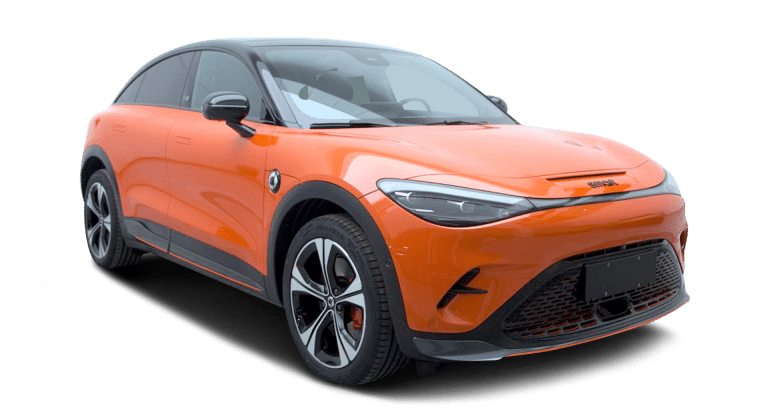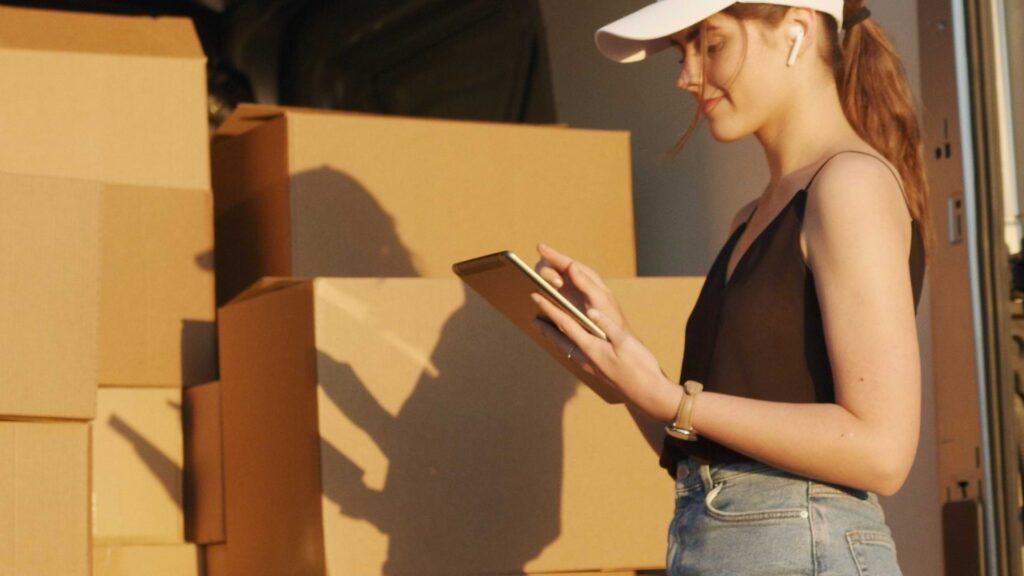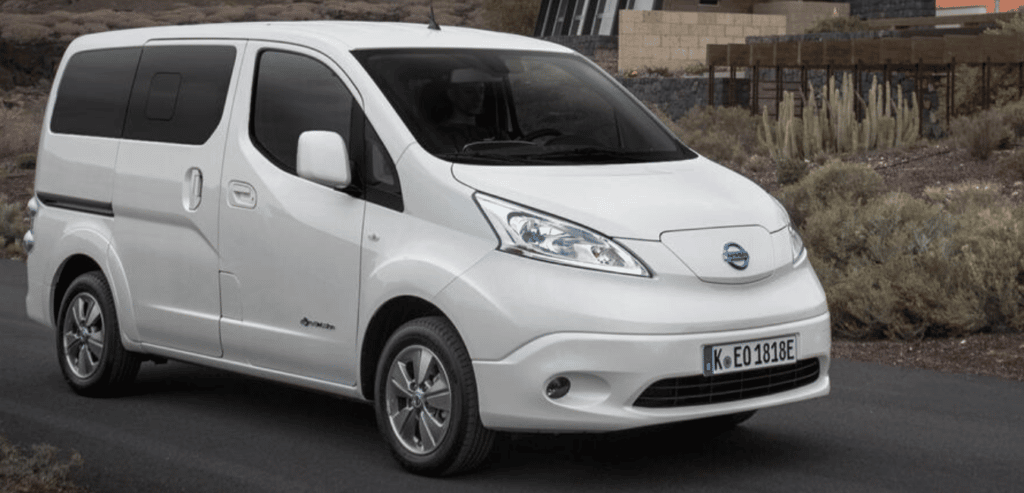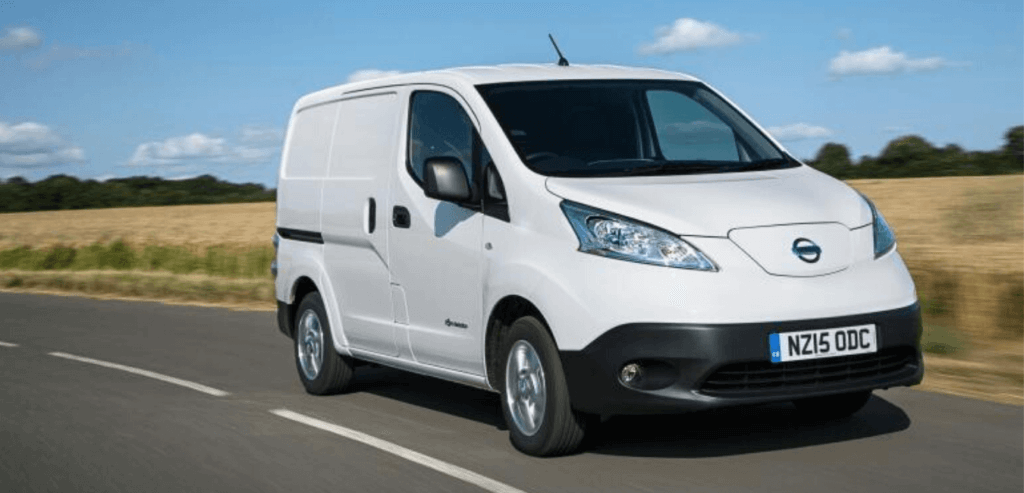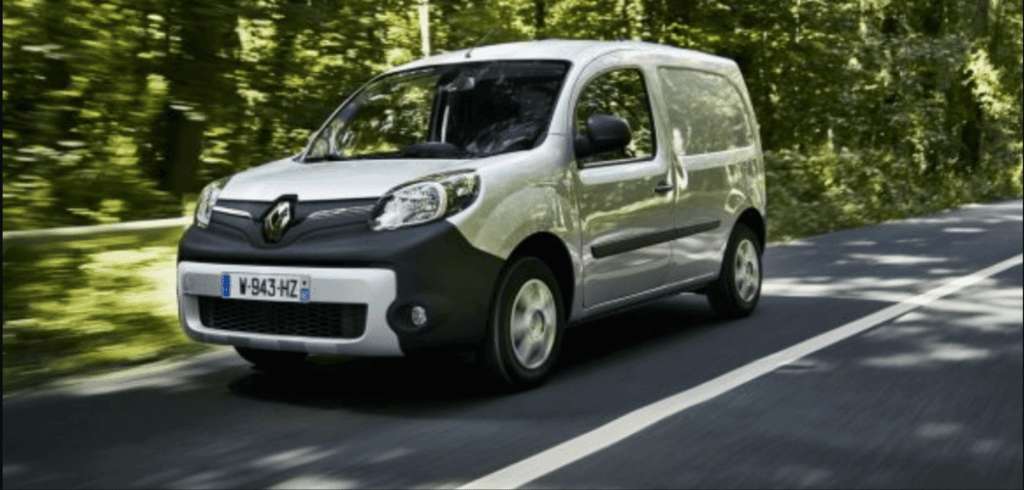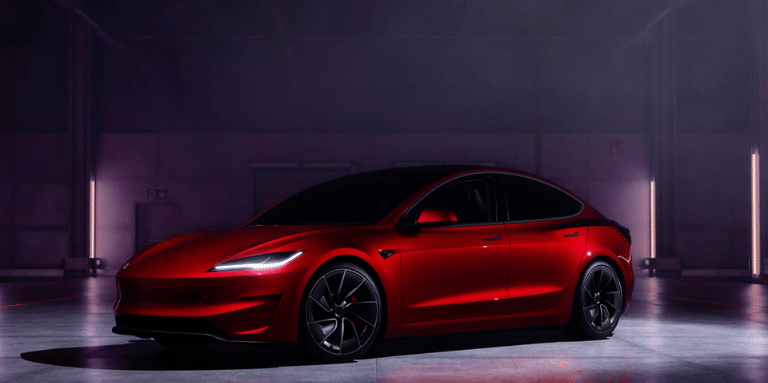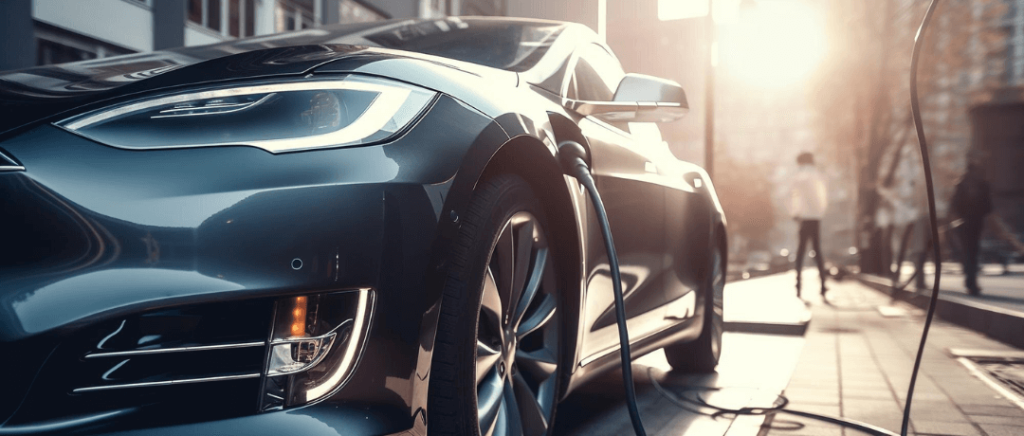Context: the rise of e-commerce
Consumers are looking for convenience. This is reflected in the growth of the e-commerce sector. However, the rise in online ordering means that more and more commercial vehicles are being used in towns and cities. The extra traffic poses problems in densely populated areas and has a high impact on the environment (CO2, particulates, etc.).
Key figures for e-commerce in France
The e-commerce sector is doing well in France. Very well indeed.
According to the FEVAD (Fédération du e-commerce et de la vente à distance), in 2019, e-commerce will represent :
- 100 billion euros in sales
- 87.5% of French Internet users buy online, i.e. almost 9 out of 10 Internet users and 95% of 18-24 year-olds
- One transaction costs €61.5
- 40.5 million Internet users made online purchases in Q3 2019 (That's 1,658,000 more online shoppers than a year ago).
The delivery of our purchases
Every time we order a product, we set in motion a chain of events that finally ends with the package in our hands.
Most of these actions have an impact on the environment, and with the growing popularity of ethical consumption, buyers are questioning the environmental impact of their purchasing patterns.
Of course, during peak periods (Black Friday, Christmas...), online sales offer many advantages: you can order everything at once and receive your parcels quickly, you can return the parcel if the product is unsuitable, etc...
The evidence is clear: consumers consumers are shopping in a new way today. In addition to buying on online sales sites, expectations have also changed: buyers want delivery fast. Within a few days, or even a few hours.
As a result, our parcels travel the world at phenomenal speed to meet this demand. And that's not sustainable. However, it is possible to develop both a strategy and a delivery system that make the last mile of e-commerce both sustainable and adapted to consumer needs, while taking into account the economic reality of companies.
But one problem persists today for logistics and e-commerce companies: meeting the challenge of last-mile delivery.
Today, most deliveries are made by trucks and LCVs: they cover short distances, often stuck in traffic jams, and have a disastrous ecological impact. Fortunately, alternatives alternatives have emerged to overcome these problems. Let's take a look at some solutions for sustainable last-mile logistics.
Last-mile logistics: definition
Before we start listing the issues at stake, let's first look at the definition of the "last mile" and its implications for the delivery of goods as we know it today.
The "last kilometer" is used to describe the short geographical distance involved in delivering products to customers located in densely populated areas. Last-mile logistics tend to be complex and costly for suppliers of goods and services delivering to these areas.
Last-mile logistics for product delivery has become a focal point for retailers in the age of e-commerce. Our society demands rapid delivery of products ordered online.
E-commerce players who manage to reduce the cost of these deliveries, or even eliminate them, have clear competitive advantages. Amazon uses "Amazon Lockers" to deliver parcels to its customers in the last mile, and is also building its own fleet to cover growing demand. To keep up with the competition, other retailers are investing more in delivery centers as close as possible to metropolitan areas, then contracting with UPS, FedEx and local delivery services to provide last-mile delivery services.
Last-mile logistics have a negative impact on the environment
So far, so good: the Internet has enabled millions of consumers to access different products on the same site and compare prices to get a good deal. But with the rise of e-commerce, many problems have arisen.
Fast delivery
You've probably heard of 24-hour or same-day delivery. These innovations have been a turning point for e-commerce platforms.
It used to be that if you had an urgent item to buy, you had to arrange to leave the office early, go to a store and pray that the store had stock. And who hasn't arrived too late at a store that had just closed its doors? These frustrations are a thing of the past. You can order an item and have it delivered the same day or the next.
But this innovation comes at a cost:
- Human We often forget that the sorting centers of the e-commerce giants are staffed by employees, and the race for speed has a human impact that we don't necessarily see when we receive our parcel. These innovations mean a great deal of overtime for employees, especially during sales periods.
- Ecological Environmental: fast delivery has an environmental cost. Quick delivery doesn't allow you to plan ahead, which means that vehicles have to deliver small parcels to several people. Logically, a delivery is "profitable" if the van is full and the area delivered is restricted. This is no longer the case for deliveries within a few hours. What's more, delivery drivers often fail to deliver the parcel at the first attempt, which doubles the ecological impact of the delivery.
Parcel returns
Leaving aside all the consequences mentioned above, one parameter that is not always taken into account is the ecological impact of parcel returns.
Another innovation from e-commerce players is the emergence of free returns. Why is this? Many consumers have long been reluctant to buy products online, especially in the clothing sector. To overcome this problem, e-tailers have introduced a policy of free returns.
If the product doesn't fit, it's easy to return it to the sender and get your money back, either by refund or credit note.
Once again, this innovation has changed the game and enabled sites such asAsos to conquer numerous markets in just a few years. But it also has a disastrous ecological impact. The parcel, which already has a disastrous carbon footprint with a first - or even second - delivery, has a new one by returning to sender.
In the United States, after Christmas, 1.9 million packages are returned to sender, according to UPS. Greenpeace has carried out a study which reveals the following: among Germans under the age of 30, a quarter of all products ordered online are returned to sender. For companies like Zalando, the figure is 50%. Worse still, products received by e-tailers are sometimes thrown away.
What can we do now that we know the problems involved in selling and delivering our products and services online? Let's find out.
A sustainable "last mile": is it possible?
The answer is yes. Last-mile logistics can be both efficient and sustainable. This is a unique opportunity for e-tailers. A commitment to sustainable last-mile logistics is not only an important CSR policy, but also a means of differentiating oneself from the competition.
Offsetting the carbon footprint of deliveries
"The customer is king". It's a fact that all e-tailers admit, and it's also what has driven innovation in the e-commerce sector for as long as anyone can remember. It's also what's going to make the use of e-commerce more respectful of the environment.
Several e-tailers have already begun to innovate in this direction. For example, by allowing customers to see the ecological impact of their product's delivery when they place their order.
Companies such as Zalando for example, offer their customers the opportunity to pay a "carbon tax" to offset the cost of their delivery. This sum is then reinvested in research to reduce carbon emissions, according to Zalando. Zalando is said to be working in collaboration with Gold Standard, a company specializing in the certification and organization of carbon footprint reduction projects.
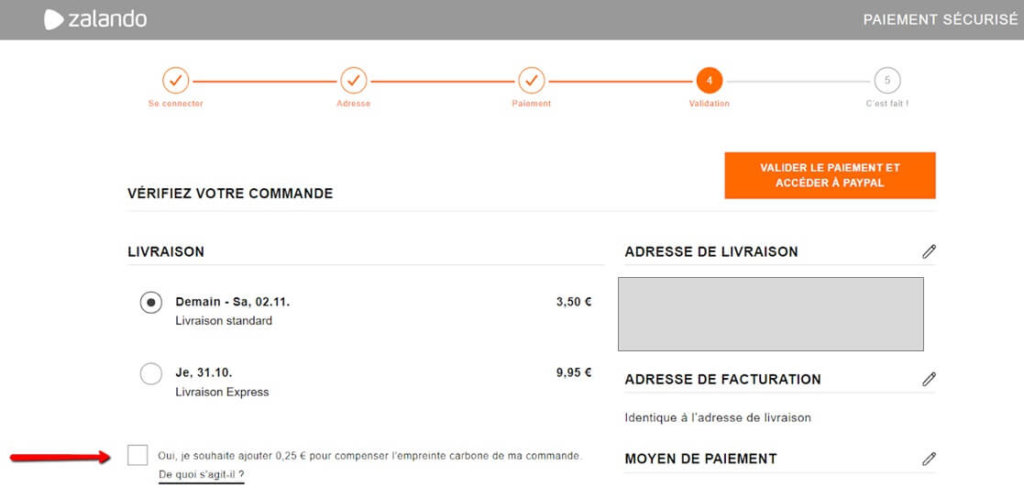
The start-up Paygreen is also proposing to help e-tailers calculate the carbon footprint of delivery and include it in their shopping experience. The aim is to make payments sustainable and socially responsible.
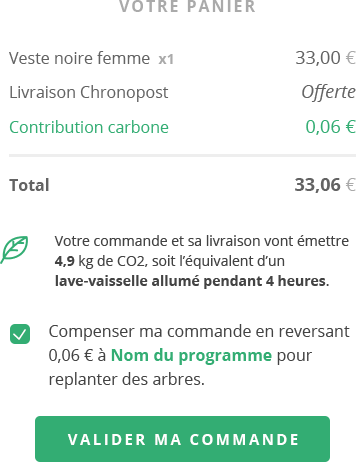
But consumers alone should not bear the consequences of product or service delivery. This is also one of the responsibilities of e-commerce players, who can help achieve a sustainable last mile.
Lockers
You've probably heard of Amazon Lockers. These are free-access lockers generally located in partner stores, railway stations or supermarkets. Using a code, you can open the locker and retrieve your parcel whenever you like.
Your parcel is waiting for you close to home, and the driver delivers several parcels to the same address. This means a smaller carbon footprint.
However, to enable efficient rotation, the parcel will only be waiting for you for a few days and will be returned if the customer doesn't collect it, adding to the ecological footprint of the delivery.
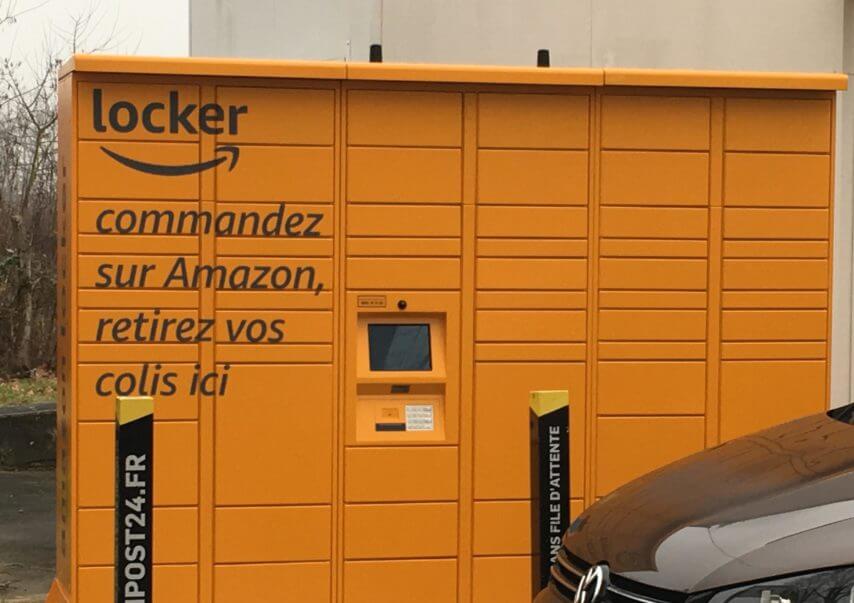
The tramway
Yes, you read that right. Streetcars have been transporting people in cities for over a century. Today, they also carry parcels. Quiet, reliable and low-polluting, electric streetcars are an efficient way of transporting goods in dense urban areas, while integrating seamlessly into existing public transport systems.
In the city of Dresden, Volkswagen used the CarGoTram to transport its car parts from the Friedrichstadt freight terminal to its plant 5.5 km away. The tramway was able to carry the same load as three 18-meter trucks and cover the entire route in just 25 minutes, greatly easing traffic congestion in the city center.
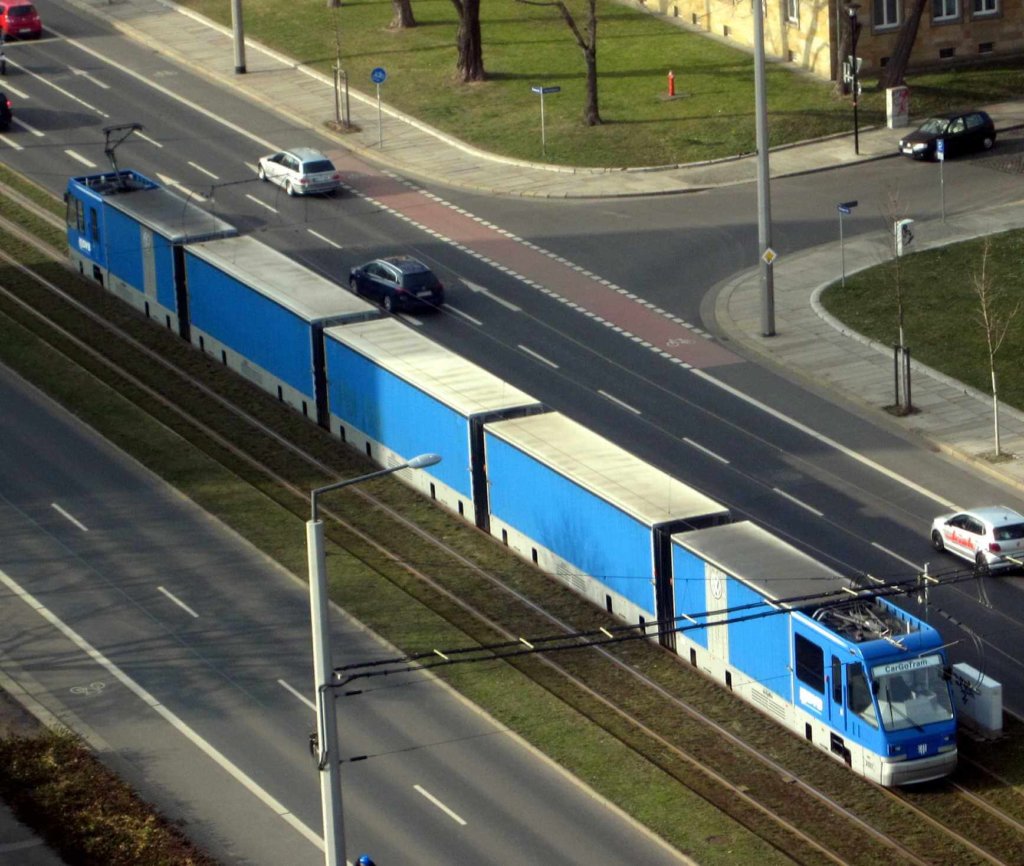
Similarly, the city of Saint-Étienne in France has been experimenting with refurbished streetcars, using them to deliver goods to downtown customers on the city's tramway lines.
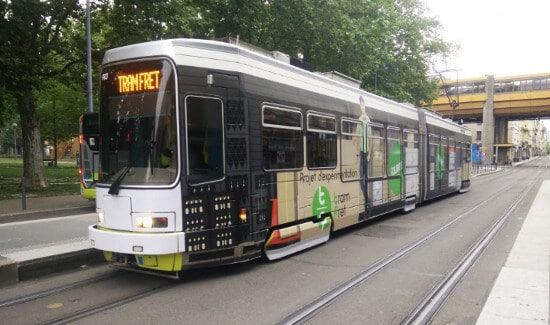
The bike
Sometimes, the best solutions are also the simplest. Bicycles have zero CO2 emissions and can be used to cover short distances, often more quickly than vans.
The only problem with bicycles is that each delivery driver can't carry as many parcels as a motor vehicle. Cargo bikes can increase the loading capacity of bicycles, but for larger parcels, this is not an option.
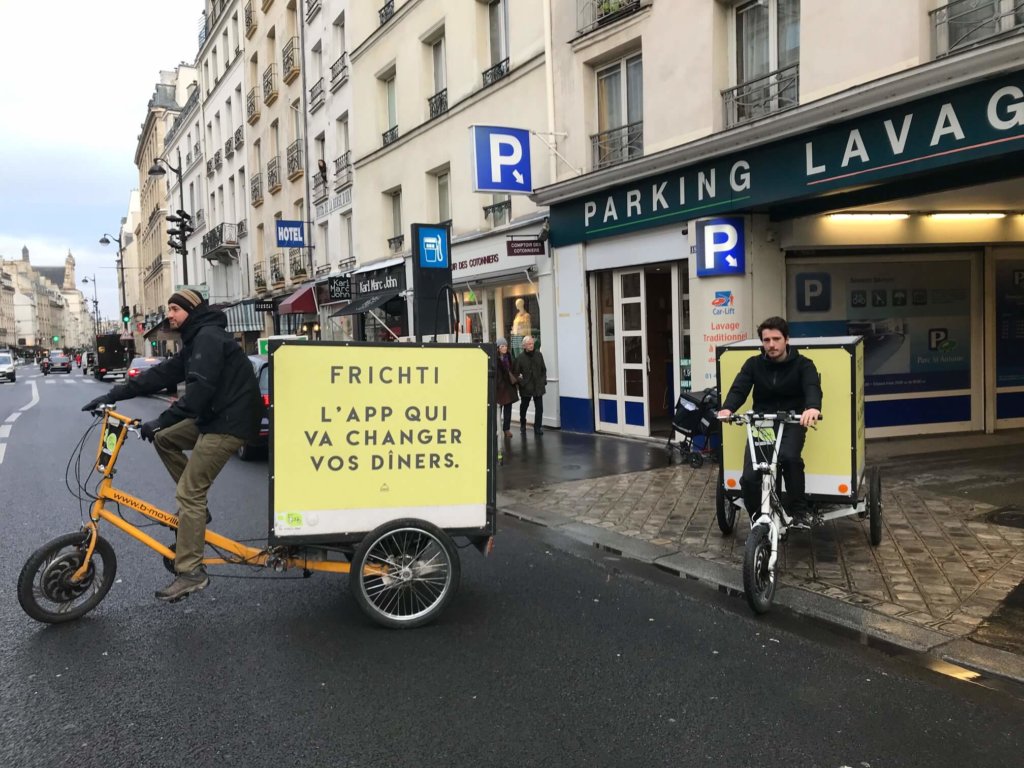
Electric commercial vehicles
To maintain the same efficiency and reduce CO2 emissions, electric commercial vehicles are the ideal solution for several reasons:
- No CO2 emissions
- Electric commercial vehicles consume less in town
- No noise and therefore no noise pollution
- Autonomy for city driving
- Free parking in most cities
First of all, electric vehicles are more efficient in cities and don't mind frequent stops. You you consume less fuel in town than on the motorway. than you would on the freeway.
Electric vehicles emit no noise, making them an ideal partner in the drive to reducing noise pollution but also a source of well-being for employees who spend the whole day in their vehicle.
Towns and cities are well aware of the importance of these vehicles, and encourage companies to equip themselves with them. For example, you benefit from free parking in most French towns and cities, and have access to charging stations for recharging your vehicles.
Today, there are many electric vans available to meet the needs of last-mile delivery. We have selected a few of them.
Nissan e-NV200 Evalia
The bestseller-
🔋 Autonomy: 200 km
-
🔌 Slow charge (0 to 100%) - 7h
-
🔌 Fast charge (10 to 80%) - 42mn
Nissan e-NV200 Van
Extra space-
🔋 Autonomy: 200 km
-
🔌 Slow charge (0 to 100%) - 7h
-
🔌 Fast charge (10 to 80%) - 42mn
Want to reduce the carbon footprint of your deliveries? Beev offers tailor-made support and a range of 100% electric, multi-brand vehicles at the best prices, as well as recharging solutions.
Beev can help you with your entire project, from finding the right vehicle to installing charging stations. Don't hesitate to contact us here.
